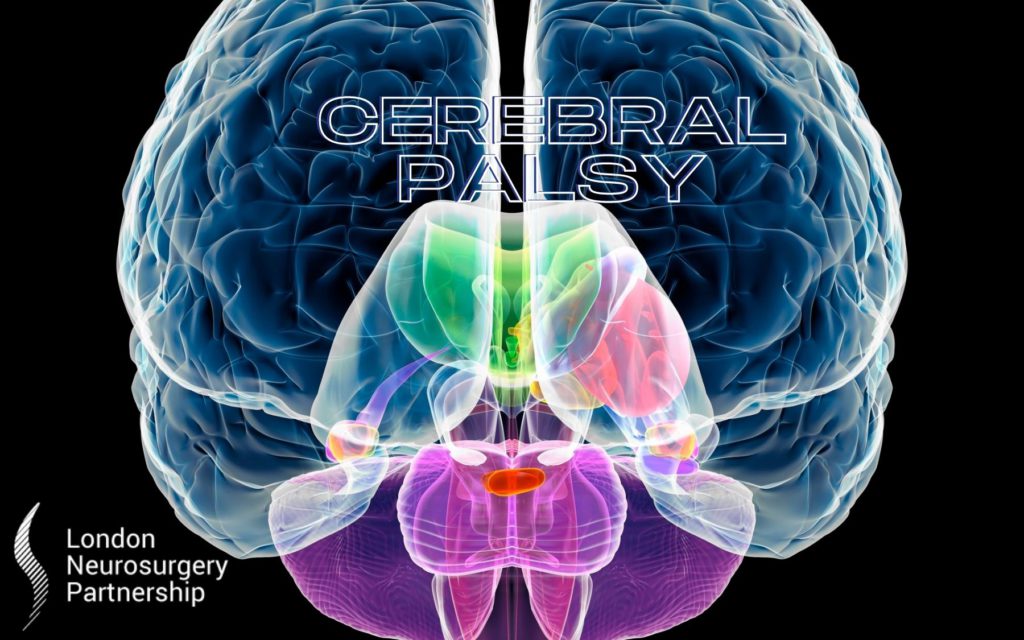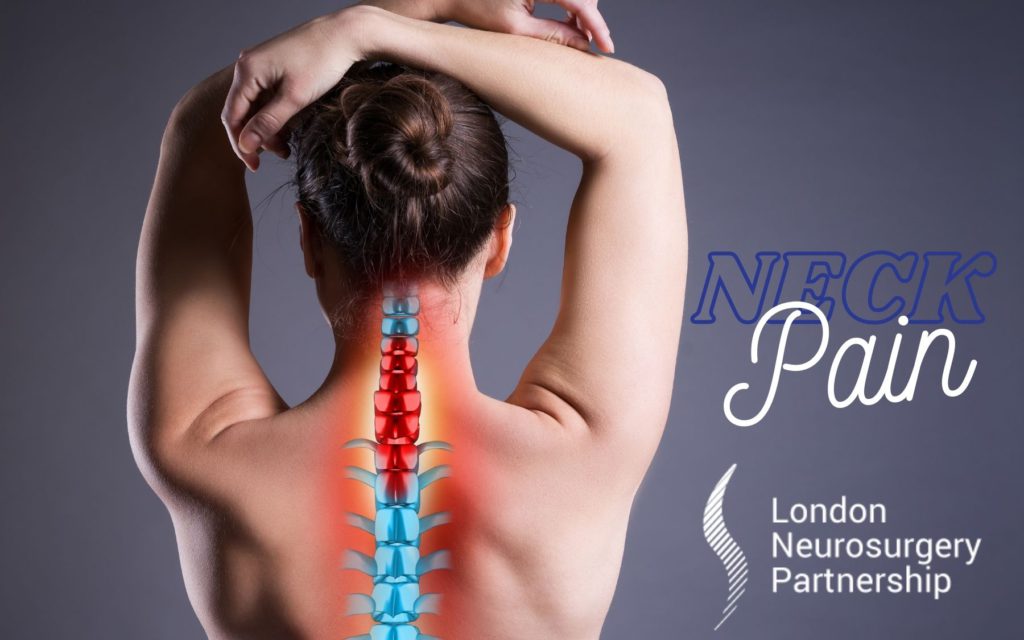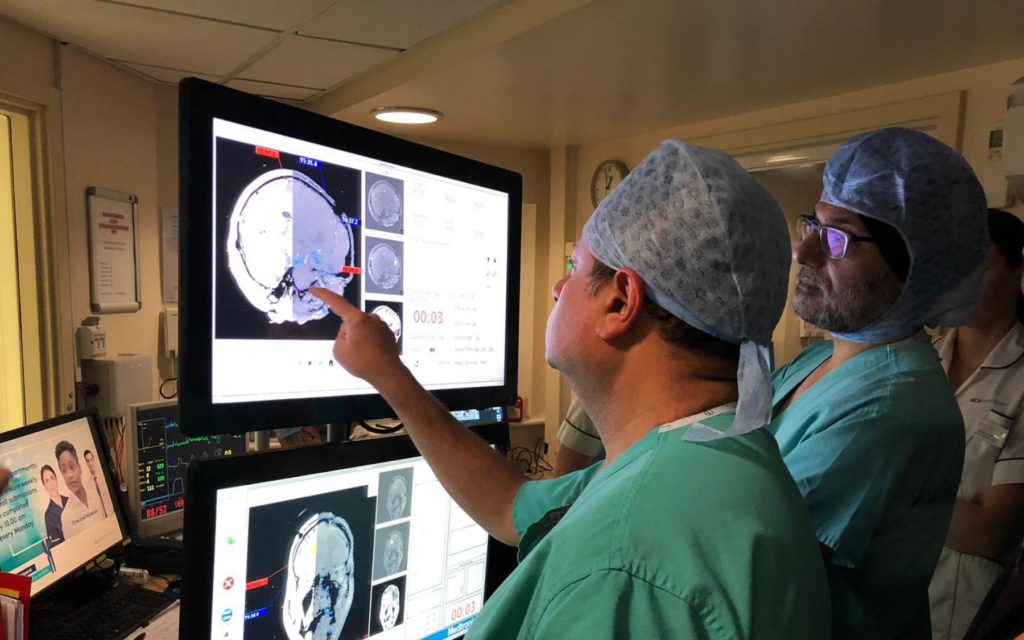
Cerebral palsy is a term used to cover several lifelong neurological conditions that affect movement and coordination. In the UK, there are approximately 1,700 new cases of cerebral palsy in children each year.
There are four main types of cerebral palsy, these include;
- Spastic Cerebral Palsy. This affects muscle stiffness or weakness, making it difficult to move and reducing the range of movement that’s possible.
- Dyskinetic Cerebral Palsy. This affects muscle tone. The muscles switch between stiffness and floppiness, causing random, uncontrolled body movements or spasms.
- Ataxic Cerebral Palsy. This affects balance and coordination which can result in shaky or clumsy movements and sometimes tremors.
- Mixed Cerebral Palsy. When a person has symptoms of more than one of the types mentioned above.
Causes
The different types of cerebral palsy are either caused before, during or shortly after birth as a result of injury to the brain due to any of the following reasons;
- Limited or interrupted oxygen supply to the brain
- A bleed within the baby’s brain
- A premature or difficult birth process (in the UK around 40% of children with cerebral palsy were born prematurely)
- The mother catching an infection whilst pregnant
- Changes in genes which affect the development of the brain
Symptoms
Symptoms are not usually obvious just after a baby is born, they will normally become evident within the first two or three years of a child’s life. The type and severity of symptoms can vary significantly from child to child. The symptoms of cerebral palsy can include;
- Delays in reaching development milestones
- Seeming too stiff or too floppy
- Weak arms or legs
- Fidgety, jerky or clumsy movement
- Random, uncontrolled movements
- Walking on tip-toes
- Muscle spasms
- Shaking hands (tremors)
- Swallowing difficulties
- Speaking and communication problems
- Vision problems
- Seizures or fits (epilepsy)
- Learning disabilities. Difficulty understanding new information, learning new skills or coping independently. About half of children with cerebral palsy have a learning disability.
- Difficulty controlling the bladder
- An abnormally curved spine (scoliosis)
- Gastro-oesophageal reflux disease. Where acid from the stomach leaks up into the oesophagus.
- Hips that dislocate easily.
Diagnosis
Your child’s consultant will ask about your child’s symptoms, medical history and development to date. They may also carry out the following tests; brain scans (MRI or CT), electroencephalogram (EEG) (a recording of brain activity where small sensors are attached to the scalp to pick up electrical signals produced when brain cells send messages to each other), Electromyogram (EMG) (where a small needle is inserted through the skin into the muscle and used to measure the electrical activity of the muscles) and blood tests
Treatments
Whilst there is no cure for cerebral palsy, there is a range of treatments and interventions available. These include;
Selective dorsal rhizotomy (SDR). This is a surgical operation available to children with spastic diplegic cerebral palsy. The purpose of this operation is to improve their walking ability. SDR is possible for children between the age of four and twelve.
- Removable hand splints to help support muscles and joints
- Injections to treat and relax muscles
- Temporary casting to hold muscles in place
- Physiotherapy to promote movement, build strength and muscles
- Speech therapy
- Various medication may be advised to help muscle stiffness and everyday issues such as sleeping.
Future outlook
As cerebral palsy affects each person differently it can be difficult to predict what the future might be for a person with this condition. However, most children live into adult life and although they may be limited as to the extent of activities they can take part in, they can go on to have full, independent lives. The original problem with the brain does not get worse over time, but it can put increasing strain on the body over time which may cause joint problems in later life.
This article is intended to inform and give insight but not treat, diagnose or replace the advice of a doctor. Always seek medical advice with any questions regarding a medical condition.
Back to brain conditions or functional neurosurgery conditions.





0 Comments